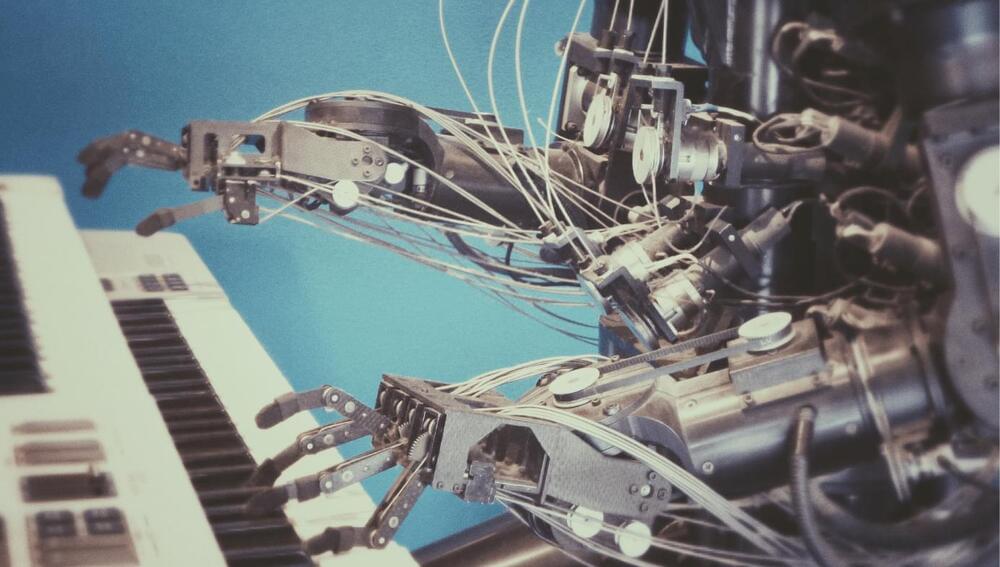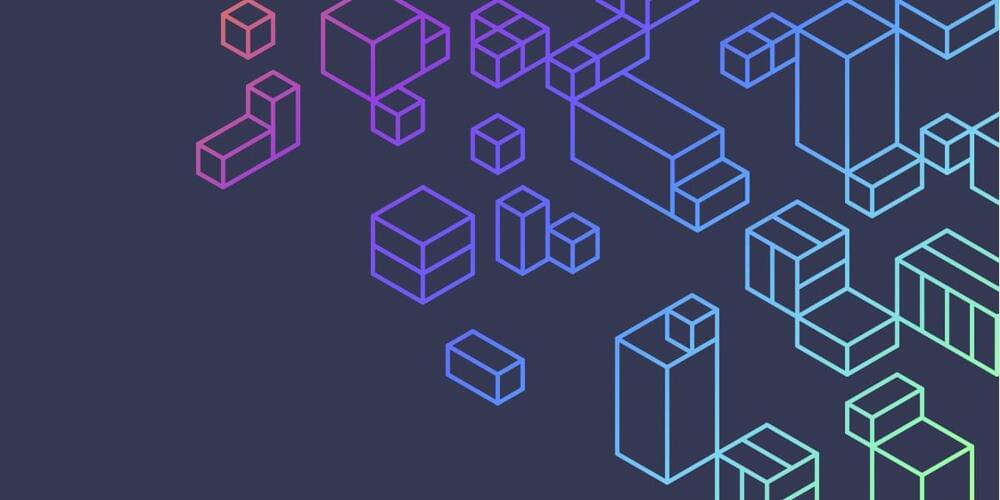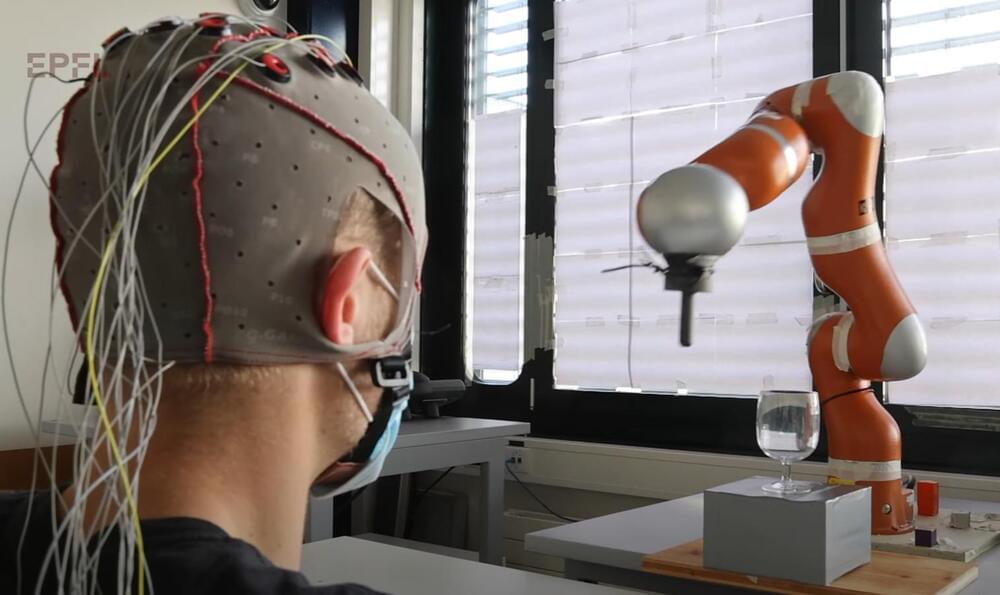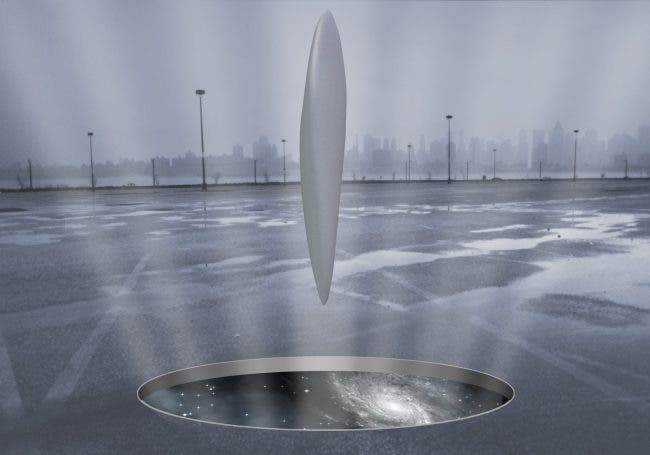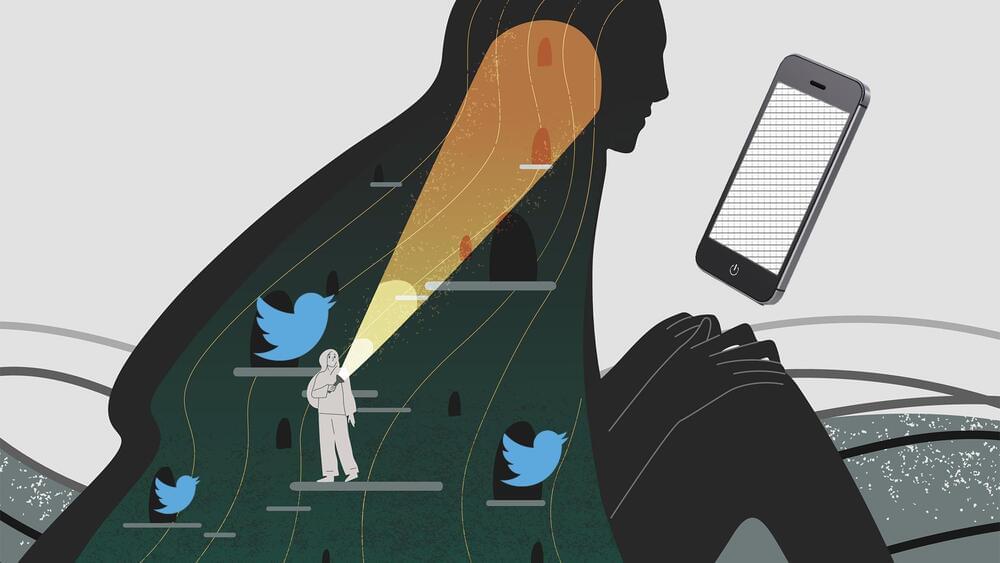Jan 8, 2022
The Case Against the Case Against AI
Posted by Kelvin Dafiaghor in categories: information science, robotics/AI
A review of The Age of AI and Our Human Future by Henry A. Kissinger, Eric Schmidt, and Daniel Huttenlocher. Little, Brown and Company, 272 pages (November, 2021).
Potential bridges across the menacing chasm of incompatible ideas are being demolished by a generation of wannabe autocrats presenting alternative facts as objective knowledge. This is not new. The twist is that modern network-delivery platforms can insert, at scale, absurd information into national discourse. In fact, sovereign countries intent on political mischief and social disruption already do this to their adversaries by manipulating the stories they see on the Internet.
